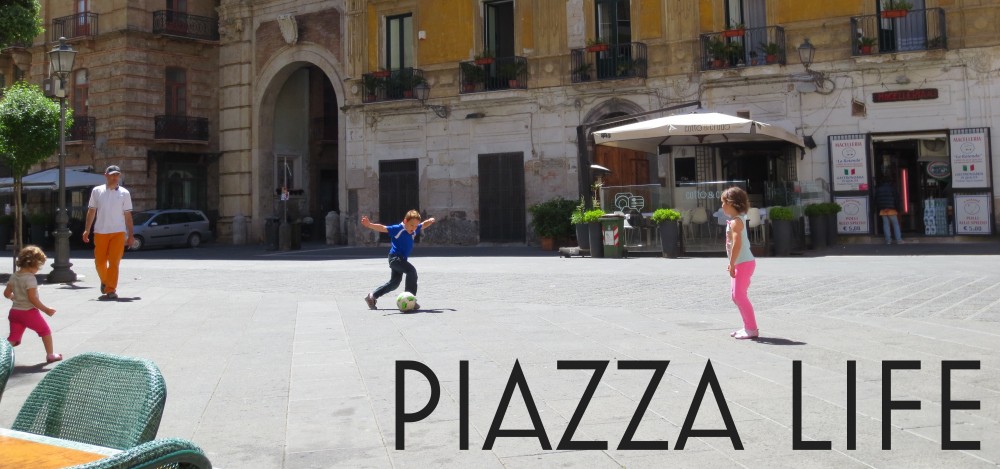The caper bush produces a bud that eventually becomes a flower. If picked before developing into a flower, it’s a caper bud. Caper buds are what we normally think of when we hear about capers and the ones most often used. If left untouched, the bud becomes a flower that eventually dies off and produces a caper berry. Caper berries are much bigger than the normal capers, about the size of a nickel coin. They are shaped like olives and, in fact, must be cured like olives. Capers can be cured dry with salt or in a brine with salt and water or salt and vinegar. The salt draws out the moisture. The ones in vinegar are of lesser quality; look for ones preserved in salt. To rid capers of some of its salty flavor, you may soak them briefly in water.
The French use the term “non pareil”, meaning without parallel, as in nothing compares or comes close, when describing their capers but, the funny thing is, theirs, and everyone else’s, don’t come close to Sicilian capers, grown in their famous volcanic soils, just like San Marzano tomatoes are grown in the volcanic soils of Vesuvius. In fact, the best capers in the world come from the islands off of Sicily, most notably the Aeolian Islands (Northeast off the coast of Sicily) and Pantelleria, an island Southwest off the coast. The ones from Pantelleria, especially the caper berries called Cucunci, are the untouchable Ferraris of capers. The only other country that produces world-class capers is Greece.
As for the difference in taste between the smaller buds and the larger berries, they are similar. Caper berries are milder than caper buds, more meaty in texture, and have small seeds that lend a slight crunch to the bite. You can even substitute caper berries for olives in a Martini, with their long, elegant stems, always attached to the berry, giving a more dramatic and exotic presentation. But forget a martini; enjoy caper berries in your meal preparations with a nice glass of chilled Inzolia ! Giorgio Armani owns a house in Pantelleria and often enjoys the berries atop a potato salad. The smaller caper buds are more intense and piquant and are easier to use in dishes than caper berries. Italians never waste any edible part of a plant or animal; the caper leaves are also enjoyed, as they are great on salads, on fish, and even fried as chips.
I do this all because I Love you. This, plus much more, will all be explained in an encyclopedic tome that will change the World forever. Get ready.
(978)


You should write more- very informative!!